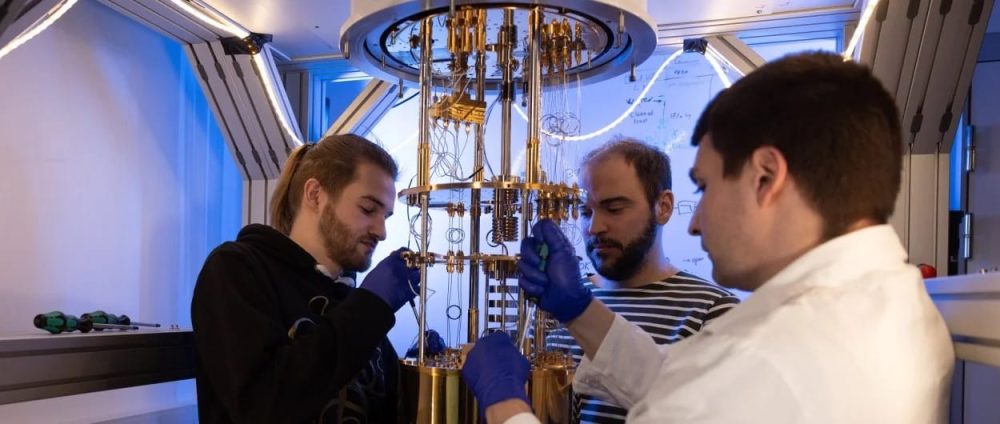In a landmark achievement that bridges nanotechnology and quantum computing, researchers at École Polytechnique have successfully created the first superconducting quantum bit using a carbon nanotube, a single molecule serving as the heart of a quantum processor. This breakthrough, published in Nature Communications, represents a significant step toward more controllable and scalable quantum technologies.
A Molecular-Scale Quantum Leap
The research team developed what’s known as a “gatemon” qubit, a superconducting quantum bit where the key component, the Josephson junction, is replaced by a nanoscale semiconductor. In this case, the semiconductor is a carbon nanotube, a hollow cylinder of carbon atoms with a diameter of just one nanometer.
“What is remarkable is that we can control the properties of this quantum bit using a simple electrical voltage,” explains Landry Bretheau, a researcher at the Quantum Condensed Matter Laboratory (QCMX) at École Polytechnique. This voltage control offers a practical advantage over conventional qubits that require complex magnetic field manipulation.
Record-Breaking Coherence Through “Ultra-Clean” Design
One of the most significant challenges in quantum computing is maintaining quantum states long enough to perform functional calculations, a property known as “coherence time.” The team’s innovative approach achieved a record coherence time of 200 nanoseconds for carbon nanotube-based qubits, a substantial improvement over previous attempts.
This success came from what researchers call an “ultra-clean integration” technique. The carbon nanotube was carefully placed on a hexagonal boron nitride (hBN) substrate, a crystalline material that minimizes atomic-scale defects, which are known to disrupt quantum states. This pristine environment helps preserve the fragile quantum information stored in the qubit.
How It Works: From Nanotube to Quantum Processor
The system operates through several key components:
- The Carbon Nanotube Junction: Suspended between superconducting electrodes, the nanotube acts as a tunable weak link where quantum effects emerge
- Gate Electrode: An aluminum top gate allows researchers to control the qubit’s properties with voltage alone
- Microwave Resonator: Enables reading out the qubit’s quantum state
“Unlike an atom, which has fixed properties, here we can precisely design the characteristics of the circuits,” notes researcher Jean-Damien Pillet, highlighting one advantage of this engineered approach to quantum systems.
Beyond Practical Applications: A Window into Quantum Worlds
While this technology could eventually contribute to more robust quantum computers, the researchers emphasize its value for fundamental science. Carbon nanotubes represent a “one-dimensional world” where electrons must pass through a single file, creating exotic quantum phenomena that are difficult to study elsewhere.
“This work paves the way for studying microscopic fermionic processes in low-dimensional quantum conductors,” the authors note in their paper. Essentially, they’ve created a sensitive laboratory for exploring how particles behave in the constrained world of one dimension.
The Road Ahead
The demonstrated 200-nanosecond coherence, while a record for carbon nanotube qubits, still falls short of what’s needed for practical quantum computation. However, the researchers identified clear pathways for improvement and believe their integration technique can be extended to other nanoscale materials.
“This nanoassembly technique could be extended to study other exotic hybrid quantum systems,” the team suggests, pointing toward future research that might combine different two-dimensional materials and nanoscale components.
This achievement not only positions carbon nanotubes as serious contenders for future quantum technologies but also provides scientists with a powerful new tool for exploring the strange and wonderful world of quantum mechanics at the molecular scale.
This research demonstrates how the careful integration of nanomaterials with quantum circuitry can open new frontiers in both fundamental physics and next-generation computing technologies.

